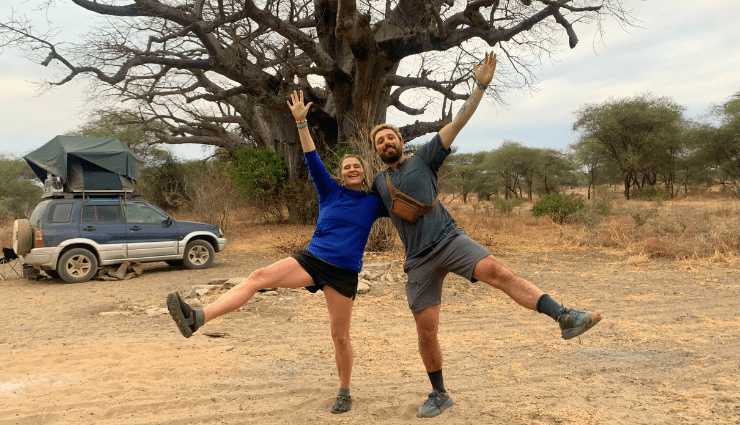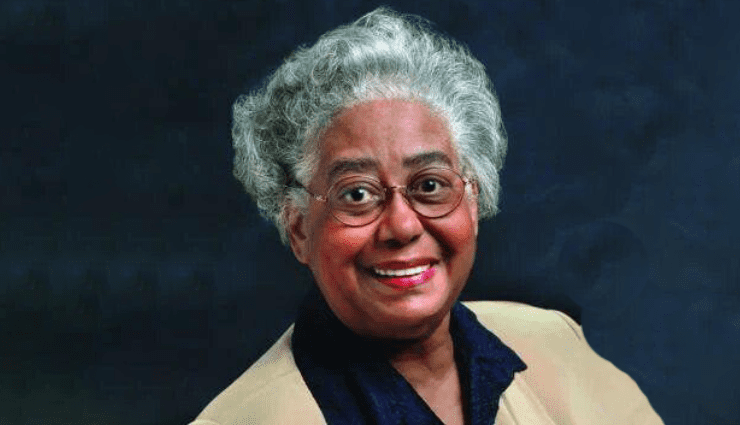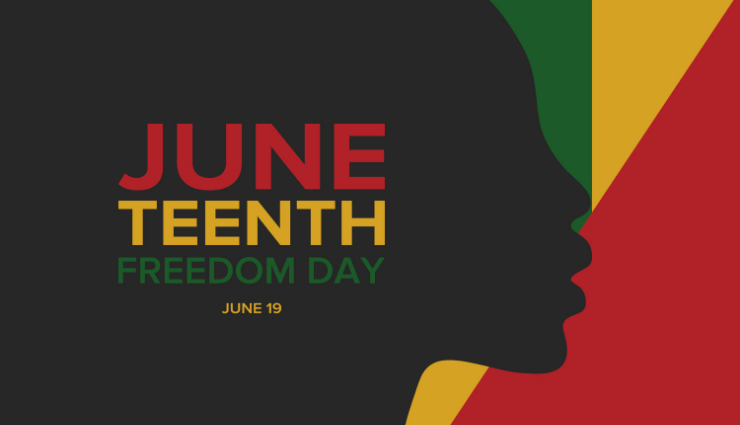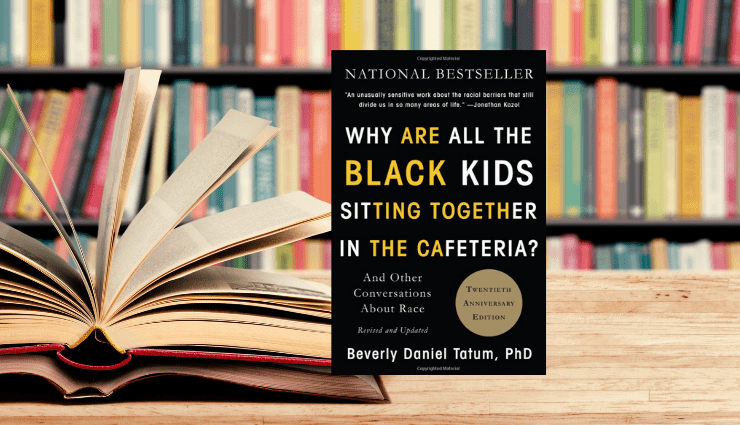Zooming in on What’s Real
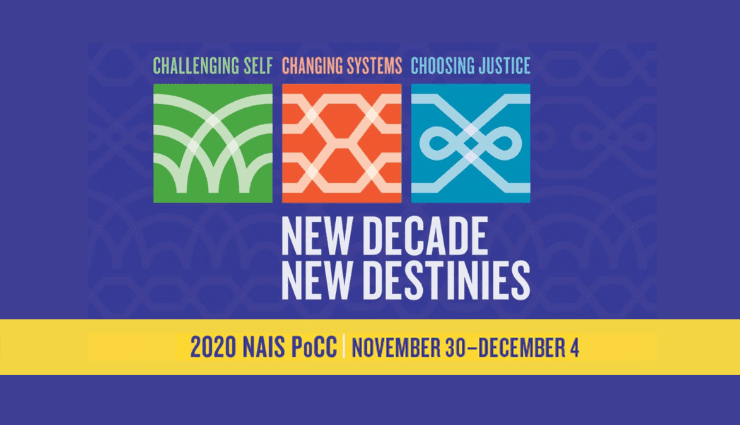
Every year, the NAIS People of Color Conference is a deeply inspiring event. One cannot attend and not be moved by the energy, experience, knowledge, dedication, and hopes of the educators of color, white allies, and the experts presenting on matters of diversity, equity, inclusion, and justice in schools. The sheer number of attendees alone infuses one with a sense of optimism. With this kind of commitment, one thinks, our nation has no option but to accelerate its long-delayed transition toward a racially just and equitable society.
For educators, the rise of racism — the fear-driven equating of whiteness with American greatness, the ongoing acts of police brutality against people of color, the tragically inequitable impact of the COVID-19 pandemic on communities of color, the virulent backlash against the Black Lives Matter movement, and so much more — has raised the level of urgency to address racial inequities and injustice in all areas of society, including in school curricula and culture. Yet, at the conference, it was also clear that the urgency for change — for “radical transformation,” as one speaker put it — was tempered by a palpable sense of frustration and concern. The source of worry stems not just from the larger matters of injustice and racism in the nation but also from issues within independent schools themselves. Despite years of work (the People of Color Conference is in its 33rd year), independent schools continue to struggle to be the diverse, equitable, inclusive communities that so many schools say they want to be. The series of “Black at” postings on Instagram this year have revealed the extent of inequitable experiences within independent schools over time. Research has also made it clear that too many students of color continue to have difficult, isolating, and often hurtful experiences in schools. At the same time, many teachers and administrators of color express frustration at not seeing the curriculum and teaching practices make the collective shift to being actively antiracist.
As one of the speakers put it, punning on the conference virtual format, it’s time to “zoom in on what’s real.”
Centering the Conversation on Race
There was so much to absorb at the People of Color Conference, but for school leaders, the message mostly boils down to the need to develop a clear strategy for change that will lead schools to become inclusive, diverse, and equitable learning communities. Creating a DEI mission statement is an important first step, but a whole host of conference speakers — and attendees — want to see schools follow through with concomitant changes in just about every aspect of school life, from admissions to the curriculum, from hiring practices to approaches to supporting students of color, from antiracist training for all teachers to fully funding DEI initiatives, from ensuring more support for school leaders of color to offering better board oversight on DEI matters.
The tone for the conference was established in the opening keynote address from Eddie S. Glaude, Jr., chair of African American Studies at Princeton University and author of “Begin Again: James Baldwin’s America and Its Urgent Lessons for Our Own” (Princeton University Press, 2020). Glaude, whose son attended an independent school and who served on that school’s board of trustees, expressed concern about the experiences of students of color in both public and private schools. He noted James Baldwin’s 1963 essay, “The Negro Child” (later retitled “A Talk to Teachers” and published in The Saturday Evening Post), as a way to frame his address about inequities and injustices in today’s society as a whole and in education in particular. Calling Baldwin’s essay “a stunning interrogation of the paradox at the heart of education,” Glaude linked what Baldwin saw in the 1960s with what students of color experience today. The paradox, he said, “is that we teach students to ask questions, to seek a certain kind of freedom, and then we ask them to conform to society.” This conformity is problematic for all students, given the issues our nation and world face, but it’s a particular problem for students of color — since they are asked, in effect, to conform to a society, Glaude says, “that devalues them.”
His request to schools is to dismantle this paradox and find a way to cherish and support all students, while also working to be part of the larger solution to injustices in the nation. He says he wants schools “to teach all students not to conform to a world that denies dignity and standing to any child, to anyone.”
DEI Work Is in the Details
While Glaude set the tone, other speakers addressed in detail varying related concerns regarding race matters in schools — including finding ways to productively discuss race and racism with elementary school children, reworking the curriculum to teach not about slavery but enslavement, undertaking an “equity audit” to ensure equitable outcomes and experiences based on race, and helping students and adults develop the skills of cross-cultural communications. General-session speaker Khyati Joshi, a scholar and author of “White Christian Privilege” (New York University Press, 2020), encouraged schools to look more deeply at the relationship between Christianity and racism in America, past and present.
For school leaders, a particularly helpful session focused on “Integrated Schools: Crossroads of Trauma and Healing,” led by Sandra Soto, a former principal in a New York City school and now with the NYC Department of Education, and Tessa Garnes-Beausejour, a mental health counselor who works with numerous schools.
Among other things, Soto said she has undertaken research to better understand the experiences of students of color, including in progressive independent schools in New York City. Despite these schools’ stated commitment to diversity, equity, and inclusion, Soto said, the results of her survey indicate that too many students of color feel traumatized by their time in school.
To address this problem, Soto and Garnes-Beausejour encourage integrated schools — public and private — to open up the conversation on what is and isn’t working for all students, focusing on how the schools can meet their DEI goals and missions. “Schools can improve the outcomes for students of color if they make space for racial equity and healing,” Garnes-Beausejour said. To that end, they offered four frames for creating needed change.
The first frame asks school leaders to focus on the symbolic and inspirational. This includes ensuring not only that the school has an explicit antiracist mission but that top leadership commitment to this mission is evident. The second is the political frame. Through it, schools leaders demonstrate the ways in which they are the institution’s lead antiracist educators, willing to engage in the work of challenging racism and inequity and developing partnerships within and across schools.
The third frame is the human resources frame. It encourages schools to “hire for where you want to go.” It’s particularly important, Soto says, that faculty racial representation matches that of the student body. This work also involves ongoing training in antiracist practices for all adults in school.
The final frame is structural. This is where schools do the core work of addressing racial inequities in the curriculum and in student experiences and outcomes. On the one hand, this is about DEI budgeting — including creating a DEI leadership position and funding the office appropriately so the office can help guide institutional change. On the other hand, it’s also about ensuring student emotional healing. To that end, Soto and Garnes-Beausejour encourage schools to allot daily time “so students can have settled bodies and minds,” create time and space for affinity group work, and ensure that disciplinary practices are equitable and restorative.
Kalea Selmon, director of diversity and inclusion, and Victor Shin, assistant head and upper school head at Maryvale Preparatory School (Maryland), offered an excellent workshop on their ongoing work to help their school transition from a predominantly white school to one that not only is more diverse and inclusive but also centers and supports BIPOC students. Selmon and Shin outlined the way they have used the (R.A.C.E)2 framework to lead a successful — and still ongoing — cultural transition in their school.
The first R.A.C.E. framework focuses on: Relationship building; Analyzing data; Challenging institutional norms; and Engaging adults and students in making personal connections to the work. All steps are key, but the data gathering is particularly important. It requires schools to investigate mission, values, curriculum, policies, practices, and procedures to identify areas of concerns, then establish data points to use as evidence of reported problems and to identify growth areas.
The second R.A.C.E. framework focuses on: Requiring participation and setting professional benchmarks; Advocating for keeping the link between people of color and school mission at the center of the work; Curating ongoing conversation and professional development to ensure constant growth; and Empowering all adults to help lead the process of change.
Toward Anti-Racist Education
In another workshop, James Greenwood, director of diversity and inclusion at Western Reserve Academy (Ohio), and Scott Styles, a humanities teacher St. Paul’s School (New Hampshire), walked educators through the process of becoming a consciously anti-racist educator, based on lessons from Ibram X. Kendi’s book “How to Be Anti-Racist” (Random House, 2019). Among other steps, Greenwood and Styles suggest that schools incorporate the book into the academic program, create a school-wide book-group discussion or strategically place Kendi quotes around campus — not necessarily with the idea that everyone should agree with Kendi’s perspective, but to fully engage in conversation about community practices and norms. In particular, they encourage schools to undertake an equity study — one that looks in detail at student outcomes based on race, including representation in honors and Advanced Placement courses and in student leadership positions. This quantitative data, combined with qualitative data gathered through climate studies, gives the clearest picture of a school’s success and challenges in meeting its DEI goals.
Other issues addressed in key sessions include improving approaches to teaching about Native American history and current culture, addressing the ongoing issue of implicit bias in the school community, improving support for heads of color, and developing the cultural competence to be effective teachers and colleagues.
One the most moving moments in the conference came when Lezley McSpadden-Head, mother of Michael Brown, addressed the audience. Her message was direct: Enough is enough. Along with seeking justice for her son and creating a foundation in her son’s name to support Black youth, she made it clear that this is a time for collective action for collective change — and schools are central to this process.
Ultimately, in predominantly white schools, leaders must believe that this work matters — that it is at least on par with, if not more important than, anything else a school prioritizes now. In short, the overall message from the People of Color Conference is one of moral urgency and professional commitment. We know that education is essential in the process of building a racially just culture. What we do with that knowledge is what matters in 2021. As Isabelle Cebellos, head of middle school at Ethel Walker School (Connecticut), put it — we need to “create a better world with DEI at its center.”
Calling Educators In, Not Out
Throughout the conference, I kept thinking about a recent New York Times article on how to engage in conversations on culture, race and politics. The article features Loretta J. Ross, a visiting professor at Smith College, who asks the question, “What If Instead of Calling People Out, We Called Them In?” Calling people out, she says, is an act of seeing the worst in others — and leads not to constructive conversation but to hurt and disconnect. Calling in, on the other hand, is designed to engage people in respectful conversation with a much higher likelihood of institutional transformation.
In the days following the People of Color Conference, as I replayed the conversations and workshops in my mind, I came to see the conference itself as a kind of “calling in.” Independent schools collectively aim to set a high standard for what quality education looks like. But when we examine the barriers to this effort today, the areas where we can improve, we can’t help but see the way our incomplete response to become well-functioning DEI schools has undermined the overall quality of our institutions. A central goal now must be a new and deeper commitment to a definition of excellence that fully embodies diversity, equity, inclusion, and justice — work that will help heal and reshape our schools and nation for the better.
Michael Brosnan is an independent writer and editor with a particular interest in education and social change. His latest book of poetry, “The Sovereignty of the Accidental,” was published by Harbor Mountain Press.
